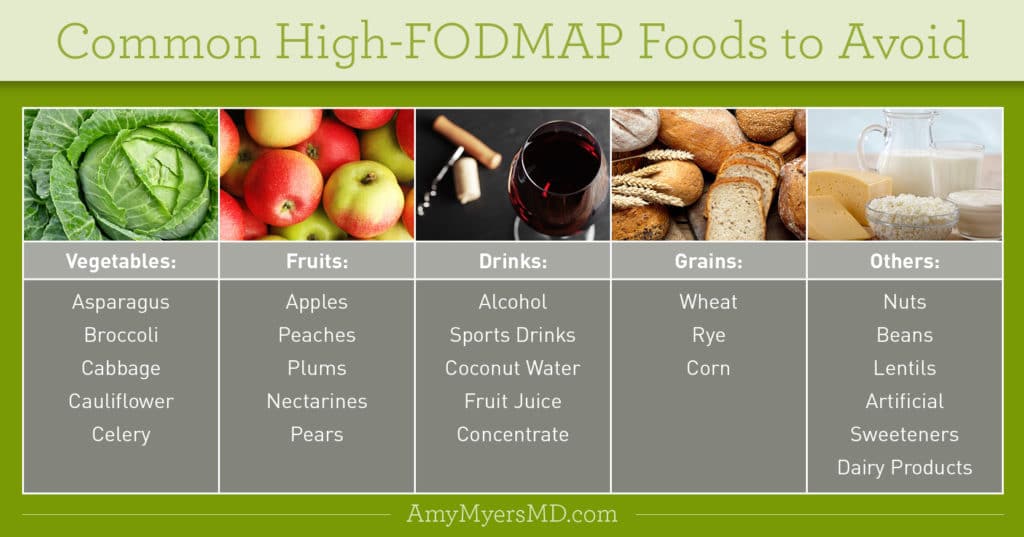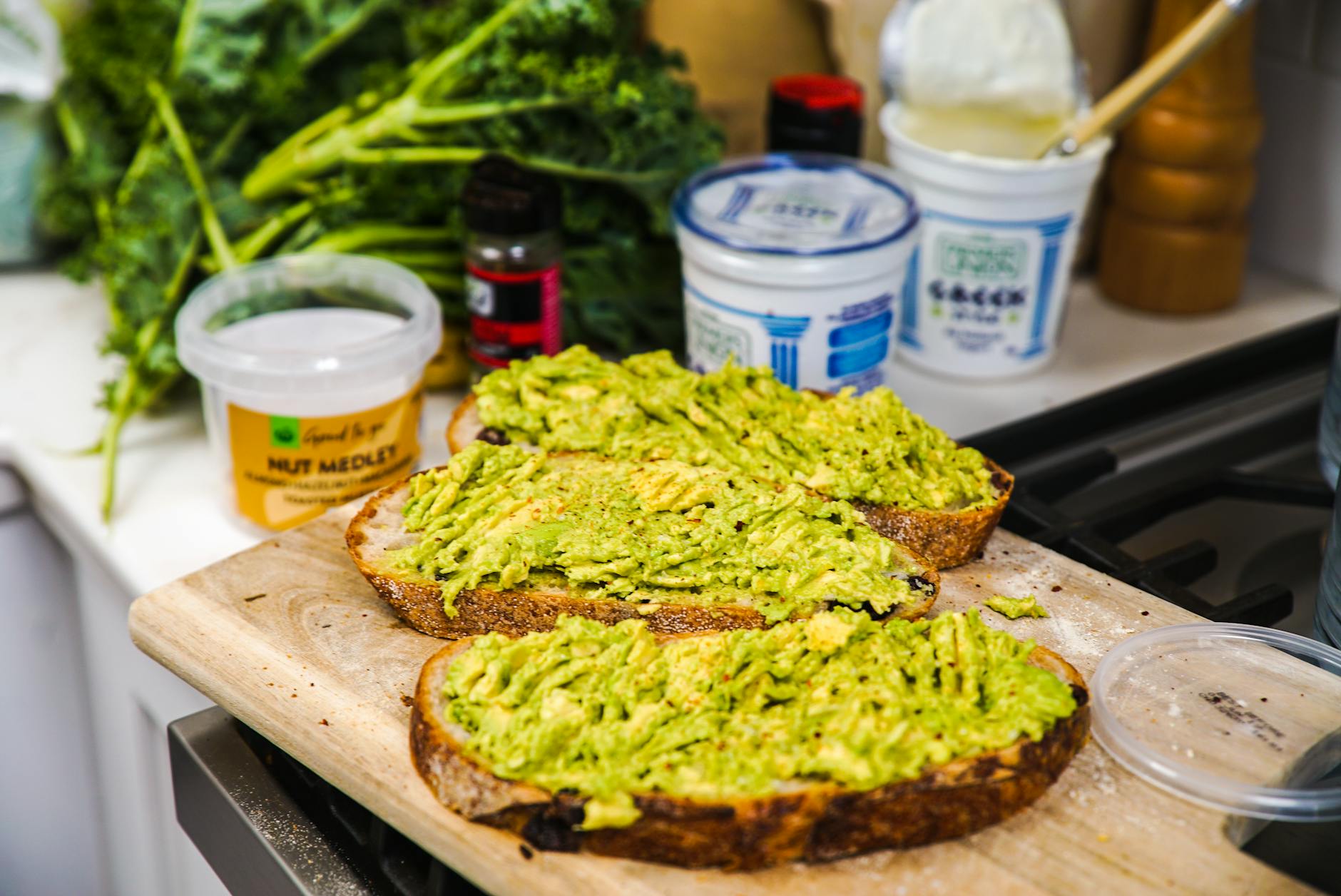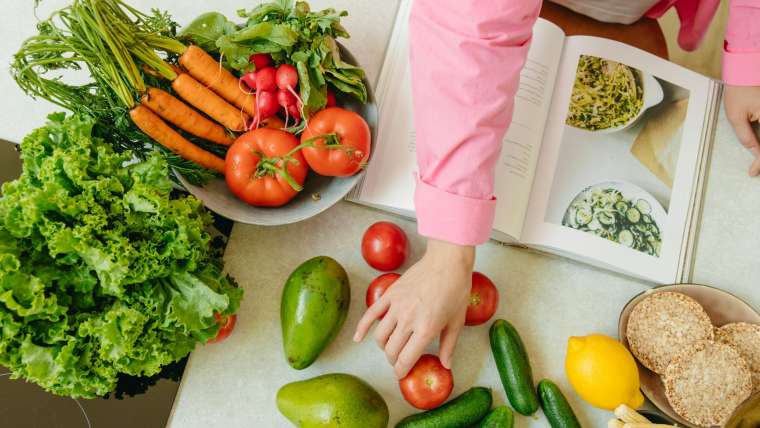Discover how the BRAT diet essentials can help you beat IBS symptoms and improve your digestive health naturally.
Table of Contents
- Introduction: Understanding IBS and the Brat Diet
- When to Consider the Brat Diet
- What to Eat on the Brat Diet
- Easy-to-Follow Brat Diet Meal Ideas
- Safety and Duration of the Brat Diet
- Understanding IBS and Other Digestive Issues
- Transitioning Back to Regular Food
- Hydration and the Brat Diet
- Keeping a Food Diary
- Conclusion: Reflecting on the Brat Diet and IBS
- FAQs
Introduction: Understanding IBS and the Brat Diet
In this exciting journey to discover how the Brat Diet can help with irritable bowel syndrome (IBS), let’s first understand what IBS actually is and how this special diet can make tummies feel better. Imagine your tummy feeling like a grumpy bear sometimes – that’s what IBS can do, but don’t worry, the Brat Diet might just be the superhero you need!
What is IBS?
IBS stands for irritable bowel syndrome, a big name for a common problem that can make tummies feel not-so-great. It can cause things like tummy aches, bloating, or those urgent trips to the restroom that interrupt your day. Sometimes, our sensitive tummies just need a little help to feel better.
The Brat Diet Basics
Now, let’s talk about the Brat Diet – not a diet to lose weight, but a special way of eating to calm down those upset tummies. The Brat Diet is like a magic trick for saying “Shh” to tummy troubles. The Brat Diet is made up of foods that are gentle on the belly and help it recover faster. Oh, and the name ‘BRAT’? It’s not because the diet is boring – it stands for Bananas, Rice, Applesauce, and Toast, four powerhouse foods that can work wonders for your tummy.
When to Consider the Brat Diet
When it comes to tummy troubles like a stomach virus or irritable bowel syndrome (IBS), the Brat Diet can be a helpful way to soothe your upset stomach. Let’s explore when it’s a good idea to give this diet a try and when it might not be the best choice.
After a Stomach Virus
If you’ve recently had a stomach virus that’s left your tummy feeling queasy and uncomfortable, the Brat Diet can come to the rescue. This simple diet focuses on bland, easy-to-digest foods that give your stomach a break and help it settle down. Foods like bananas, rice, applesauce, and toast (BRAT) are gentle on your system and can help you feel better faster.
Managing IBS Symptoms
When you’re dealing with IBS symptoms like bloating, cramps, constipation, or diarrhea, the Brat Diet can be a saving grace. The foods included in this diet are low in fiber and fat, making them easier for your body to process and reducing the risk of triggering uncomfortable symptoms. By sticking to the Brat Diet during an IBS flare-up, you may help calm your sensitive tummy and ease your discomfort.
What to Eat on the Brat Diet
When following the Brat Diet, it’s essential to know what foods are safe for your upset tummy. The Brat Diet includes easily digestible foods that can help calm your stomach. Let’s take a look at the types of foods you can enjoy while on the Brat Diet.

Image courtesy of www.linkedin.com via Google Images
BRAT Foods
The Brat Diet got its name from the first letter of each food it includes:
- Bananas: Bananas are easy on the stomach and provide a good source of energy.
- Rice: Plain white rice is gentle on the digestive system and can help absorb excess stomach acid.
- Applesauce: Unsweetened applesauce is smooth and can be soothing for an upset stomach.
- Toast: Plain, dry toast can provide a small amount of carbohydrates without irritating the stomach.
How These Foods Help
Each of these BRAT foods serves a specific purpose in helping your tummy feel better:
- Bananas are rich in potassium, which can help replace electrolytes lost due to diarrhea.
- Rice is bland and can help regulate bowel movements while providing a mild source of energy.
- Applesauce is easy to digest and can help soothe inflammation in the stomach lining.
- Toast provides a simple source of carbohydrates that can be gentle on a sensitive stomach.
By including these BRAT foods in your diet, you can give your digestive system a break and make it easier for your tummy to recover from discomfort or diarrhea.
Easy-to-Follow Brat Diet Meal Ideas
For a soothing morning meal, try a bowl of plain oatmeal. Oatmeal is easy on the stomach and provides a good source of fiber. You can also have a banana on the side for added potassium, which can help replenish nutrients lost during stomach upsets. If oatmeal isn’t your thing, a slice of white toast with a thin spread of plain peanut butter can also be a gentle choice.
Lunch and Dinner Options
When it comes to lunch and dinner, keep it simple yet nourishing. Cook some white rice and pair it with plain boiled chicken for a protein boost. Steamed carrots or applesauce can serve as gentle sides to help ease digestion. Another option is plain pasta with a touch of olive oil and grated Parmesan cheese for a comforting yet mild meal.
Safety and Duration of the Brat Diet
When following the Brat Diet to ease tummy issues like irritable bowel syndrome (IBS) or a stomach virus, it’s essential to understand how long to stick to this plan and what to watch out for in terms of nutrition and health.

Image courtesy of www.ombrelab.com via Google Images
How Long to Stick to the Diet
The Brat Diet is not meant to be a long-term eating plan. It is usually recommended to follow this diet for a short period, typically 24 to 48 hours, to provide your sensitive tummy with some relief. Once you start feeling better, you can slowly transition back to your regular eating habits. Remember, it’s always best to consult with a healthcare provider to determine the right duration for your specific situation.
Nutrition and Health Concerns
While the Brat Diet can help soothe your upset stomach temporarily, it may not provide all the essential nutrients your body needs for optimal health. Some nutrients like protein, healthy fats, and certain vitamins and minerals may be lacking in the Brat Diet. That’s why it’s crucial to reintroduce a balanced and varied diet once your stomach settles down.
Incorporating a variety of foods back into your meals will help ensure you’re getting all the necessary nutrients to support your overall well-being. A well-rounded diet with fruits, vegetables, whole grains, lean proteins, and healthy fats will provide your body with the fuel it needs to function at its best.
Understanding IBS and Other Digestive Issues
When talking about digestive issues, there are several conditions that can make our tummies feel uneasy. Alongside Irritable Bowel Syndrome (IBS), there are other digestive problems like Ulcerative Colitis, Celiac Disease, and Crohn’s Disease that can also affect how our stomachs work.
What is Ulcerative Colitis?
Ulcerative Colitis is a condition where the large intestine, also known as the colon, becomes inflamed and develops sores called ulcers. When these ulcers flare up, it can lead to symptoms like abdominal pain, diarrhea, and rectal bleeding. Kids with Ulcerative Colitis may need to watch their diet to avoid foods that aggravate their symptoms and work closely with doctors to manage their condition.
| Food Group | Examples | Benefits |
|---|---|---|
| Fruits | Bananas, Applesauce, Peaches | Provide vitamins and minerals |
| Vegetables | Carrots, Green Beans, Squash | Contain fiber for digestion |
| Protein | Chicken, Turkey, Eggs | Support muscle repair and energy |
| Grains | White Rice, Plain Pasta | Easy to digest and provide energy |
| Dairy | Plain Yogurt, Cottage Cheese | Source of probiotics for gut health |
What is Celiac Disease?
Celiac Disease is a serious autoimmune disorder where the ingestion of gluten (a protein found in wheat, barley, and rye) triggers a harmful reaction in the small intestine. This reaction damages the lining of the intestine and can prevent the absorption of important nutrients. Children with Celiac Disease must follow a strict gluten-free diet to prevent symptoms like stomach pain, bloating, and fatigue.
Understanding Crohn’s Disease
Crohn’s Disease is a type of Inflammatory Bowel Disease (IBD) that causes inflammation in the digestive tract, leading to symptoms such as diarrhea, abdominal pain, weight loss, and fatigue. Crohn’s Disease can affect any part of the digestive tract from the mouth to the anus. Kids with Crohn’s Disease may experience periods of flare-ups and remission, requiring medication and dietary changes to manage their symptoms.
Transitioning Back to Regular Food
After feeling better on the Brat Diet, it’s essential to slowly introduce new foods back into your meals. Start by adding one type of food at a time to see how your stomach reacts. Choose gentle, easy-to-digest options like boiled potatoes, steamed vegetables, or baked chicken. This gradual approach can help prevent any flare-ups or discomfort.

Image courtesy of www.amymyersmd.com via Google Images
Listening to Your Body
As you start incorporating different foods back into your diet, pay close attention to how your stomach feels. Notice if any particular food triggers any symptoms like bloating, cramps, or diarrhea. Your body will give you signals about what it likes and what it doesn’t. Trust these signals and make choices that keep your tummy happy and healthy.
Hydration and the Brat Diet
When our tummies are feeling upset, it’s crucial to remember to stay hydrated. Even when following the Brat Diet, which consists of bland and easy-to-digest foods, drinking fluids is essential for our bodies to function properly. Let’s explore why staying hydrated is important and what the best drinks are for keeping our bodies nourished and healthy.
Why Water is Important
Water plays a vital role in our bodies, especially when we’re not feeling well. It helps transport essential nutrients to different parts of our body and aids in flushing out waste and toxins. When we’re sick, whether it’s due to a stomach virus or irritable bowel syndrome, our bodies lose fluids through vomiting or diarrhea. Replenishing those lost fluids by drinking water is key to preventing dehydration and helping our bodies recover.
Best Drinks for Hydration
While on the Brat Diet, it’s best to choose drinks that are gentle on the stomach and easy to digest. Here are some great options for staying hydrated:
- Water: Plain water is always a fantastic choice for hydration. It’s refreshing and helps maintain the body’s fluid balance.
- Clear Broth: Broth made from clear, strained liquids can provide both fluids and a slight boost in nutrients.
- Electrolyte Drinks: Drinks like Pedialyte or sports drinks can help replenish lost electrolytes and keep you hydrated.
By choosing these hydrating beverages while on the Brat Diet, you can support your body in its healing process and ensure that you’re providing it with the essential fluids it needs to function properly.
Keeping a Food Diary
For kids with irritable bowel syndrome, keeping track of what they eat can be super helpful in understanding their tummies. That’s where a food diary comes in handy! It’s like a journal where you write down everything you eat and drink each day to see how it affects your tummy.

Image courtesy of www.pinterest.com via Google Images
How to Start a Food Diary
Starting a food diary is easy peasy! All you need is a notebook or a special app on a phone or tablet where you can jot down what you eat and drink throughout the day. Make sure to include details like portion sizes, how you feel after eating, and any tummy troubles you might have.
The Benefits of a Food Diary
A food diary can be a real game-changer for kids with IBS. By looking back at what you’ve written, you might start to notice patterns. For example, you may see that dairy products always seem to upset your tummy or that you feel better when you eat more fruits and veggies. This way, you can figure out which foods are your tummy’s friends and which ones are not so friendly.
Conclusion: Reflecting on the Brat Diet and IBS
After exploring how the Brat Diet can be a helpful tool when dealing with irritable bowel syndrome (IBS) or similar stomach upsets, it is clear that this diet plays a vital role in managing tummy troubles. By focusing on easily digestible foods like bananas, rice, applesauce, and toast, the Brat Diet provides a gentle approach to calming down digestive issues.
When faced with symptoms like discomfort, diarrhea, or a stomach virus, opting for the Brat Diet can offer relief and soothe the gut. However, it is essential to remember that although the Brat Diet can be beneficial in the short term, it should not be followed for an extended period as it may lack essential nutrients needed for overall health.
It is crucial to listen to your body, pay attention to how different foods make you feel, and gradually transition back to a regular, balanced diet with a variety of nutrients once your tummy has settled down.
Always remember that if you are experiencing persistent tummy troubles or suspect you may have IBS or a related condition like ulcerative colitis, celiac disease, or Crohn’s disease, it is essential to consult with a healthcare professional for proper diagnosis and management.
FAQs
Can I eat candy on the Brat Diet?
When you’re following the Brat Diet, it’s best to stay away from sugary foods like candy. Sugary treats can sometimes make tummy troubles worse, so it’s a good idea to stick to foods that are gentle on your stomach. Instead of candy, you can enjoy plain crackers, bananas, applesauce, or toast – these are all part of the Brat Diet and can help soothe an upset tummy.
How do I know if my tummy ache is IBS?
If you’re having tummy troubles like discomfort, bloating, or diarrhea often, it could be a sign of Irritable Bowel Syndrome or IBS. If your tummy hurts a lot or if you notice a pattern of feeling crummy after eating certain foods, it might be a good idea to talk to a grown-up or a doctor. They can help figure out what’s going on and how to make your tummy feel better.
Why can’t I stay on the Brat Diet forever?
The Brat Diet is very helpful for calming down upset tummies, but it’s not meant to be followed forever. While it’s great for temporary relief from tummy troubles like IBS or a stomach virus, the Brat Diet doesn’t have all the nutrients your body needs to stay strong and healthy in the long run. That’s why it’s important to gradually transition back to a balanced diet with a variety of foods once your tummy is feeling better.




